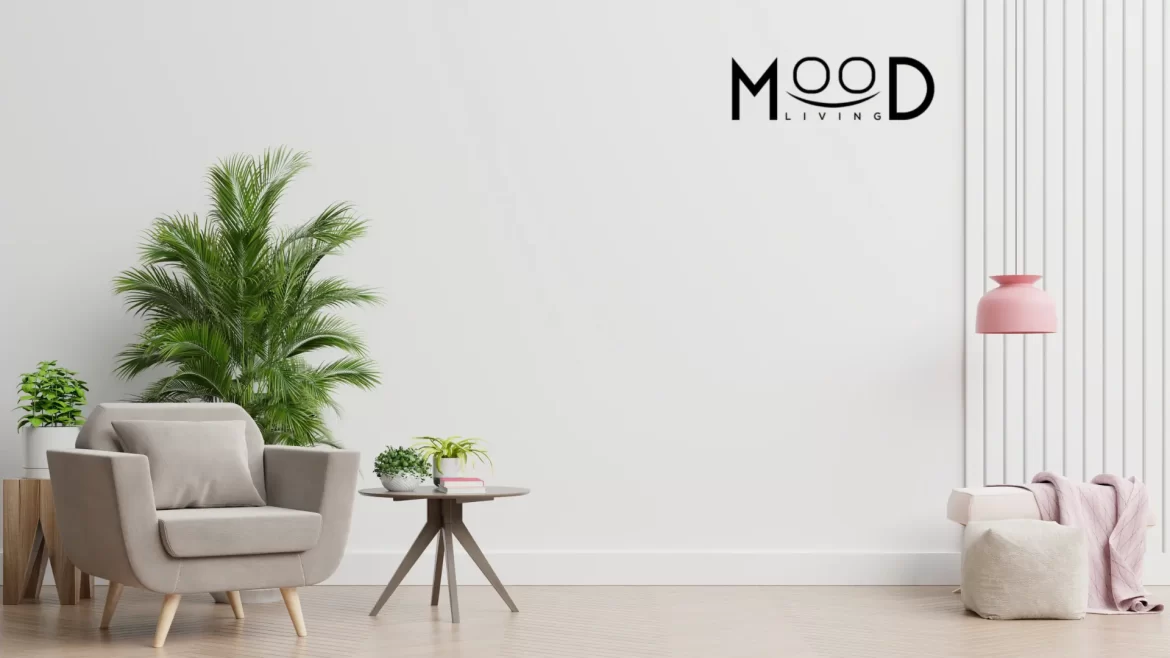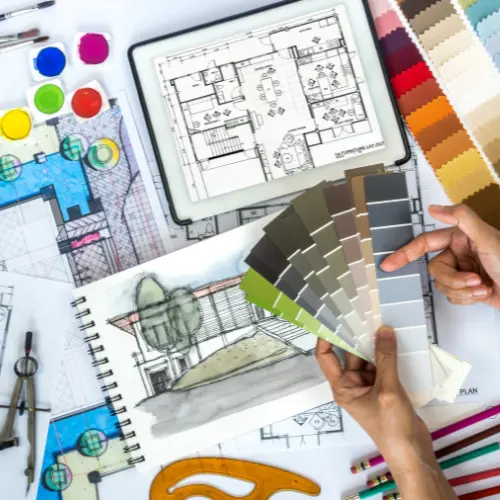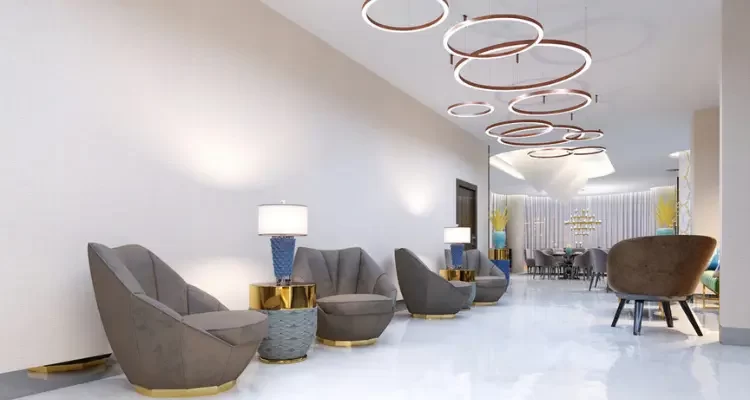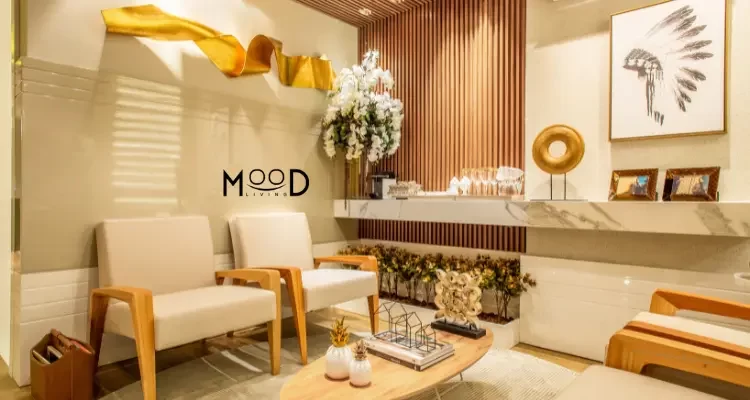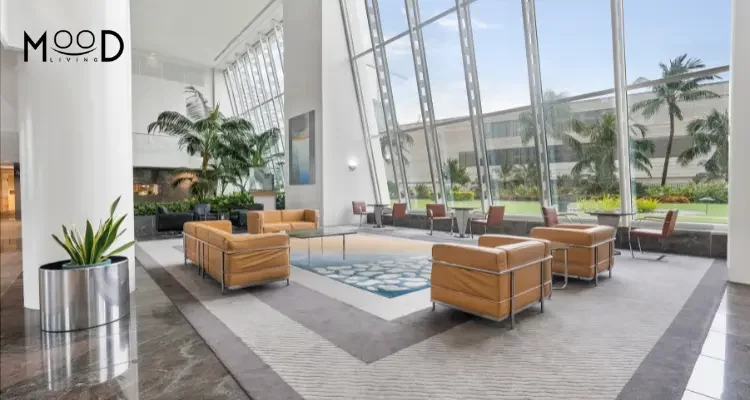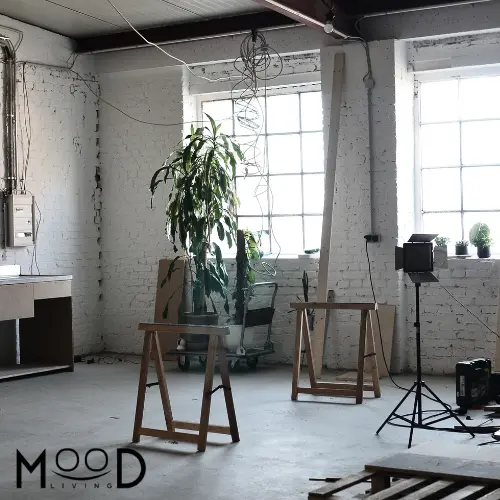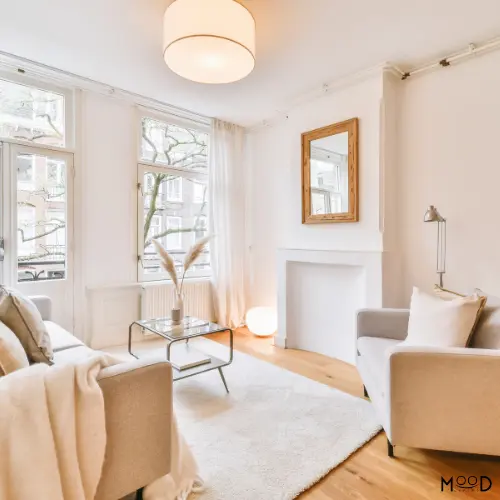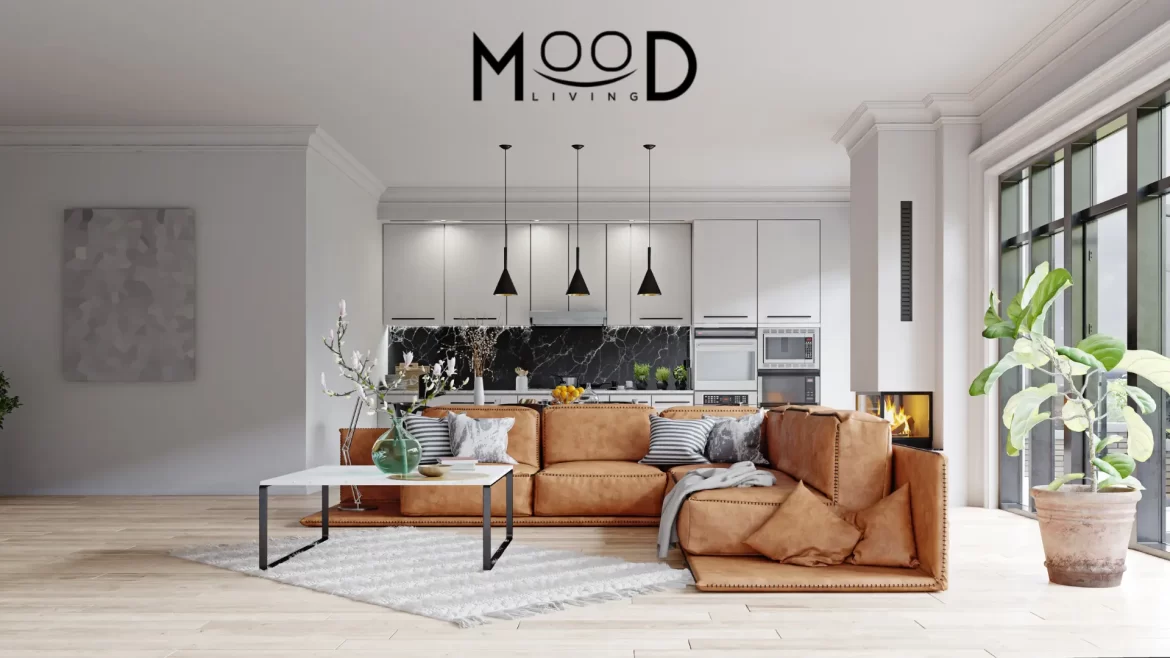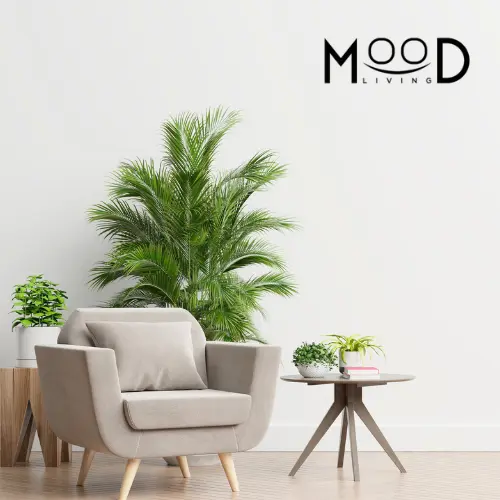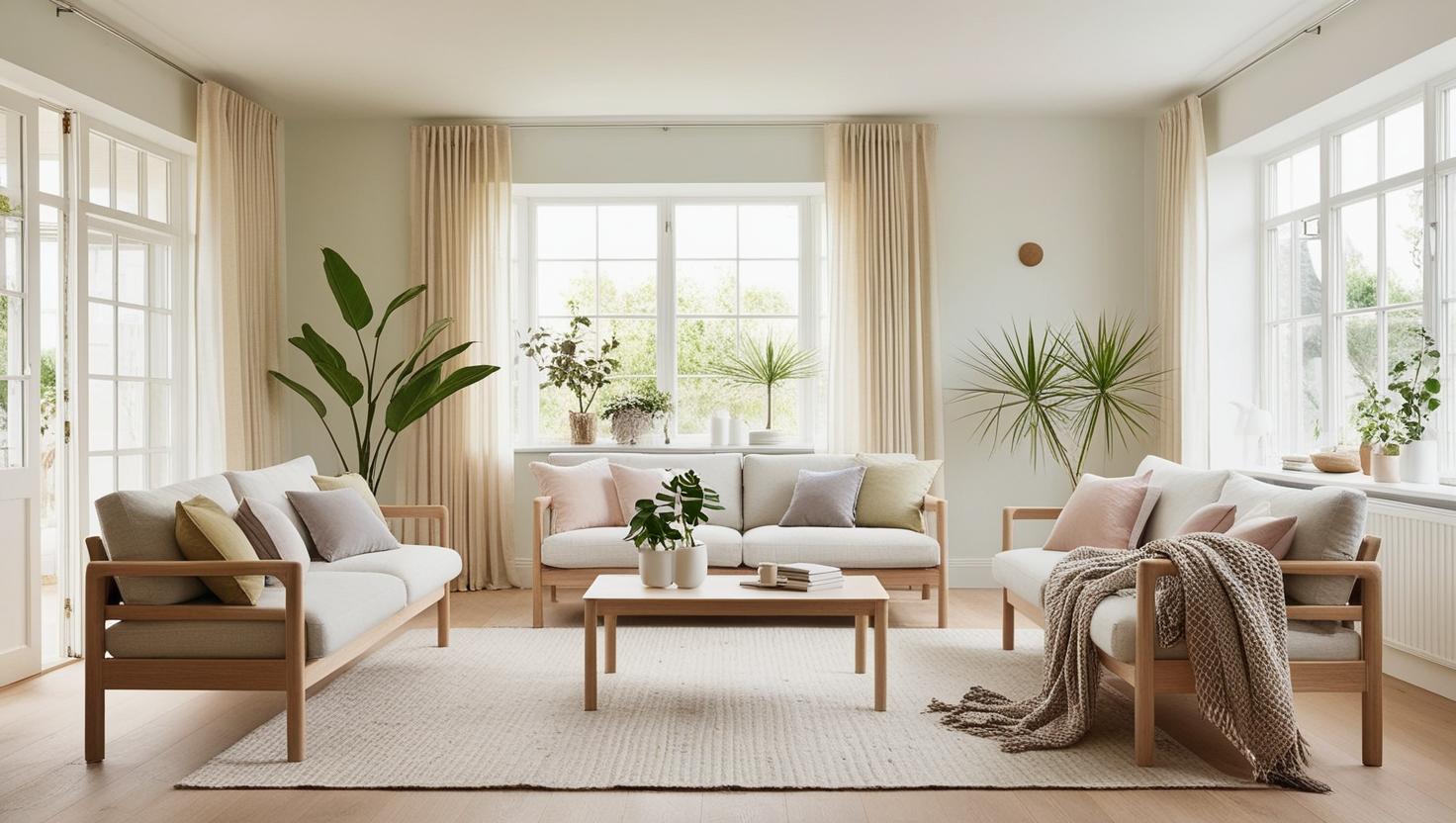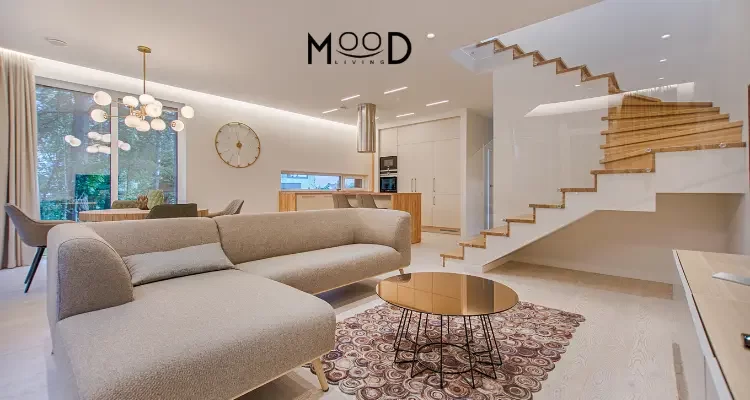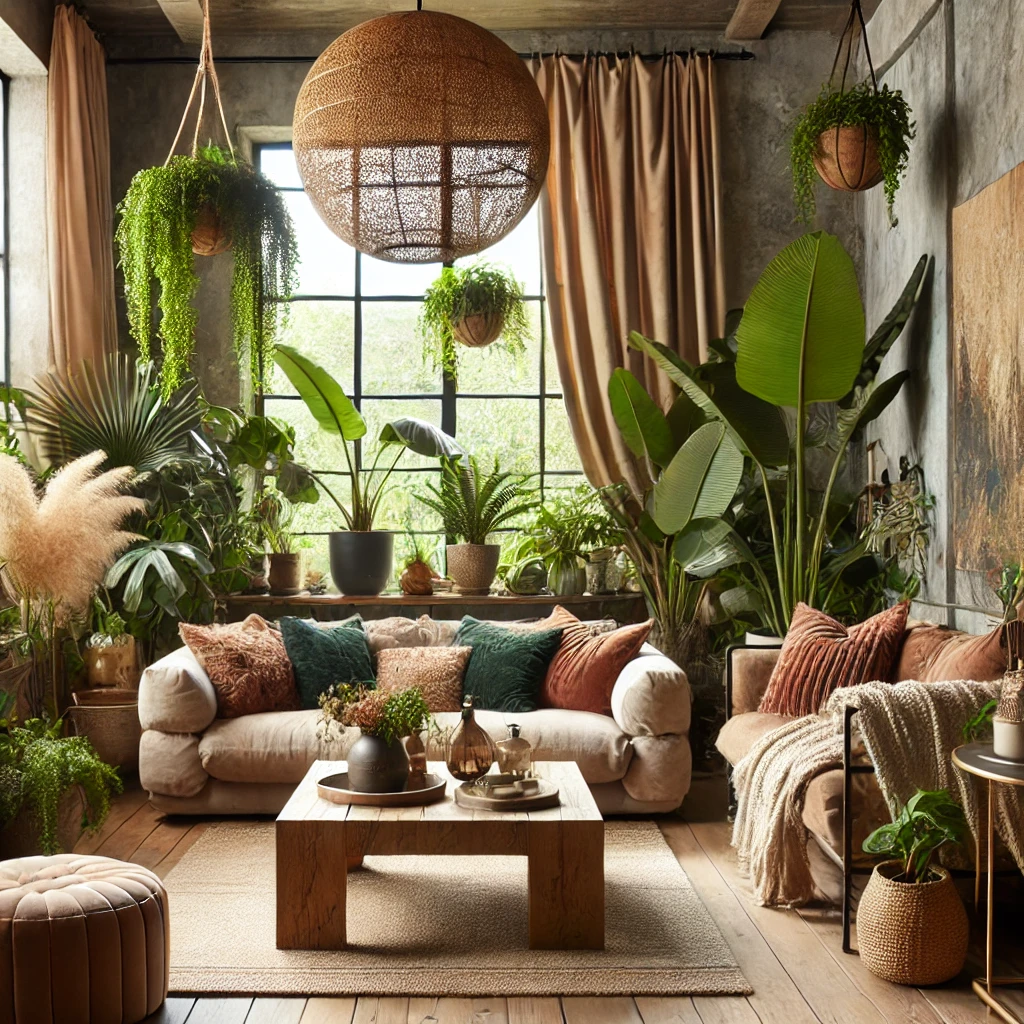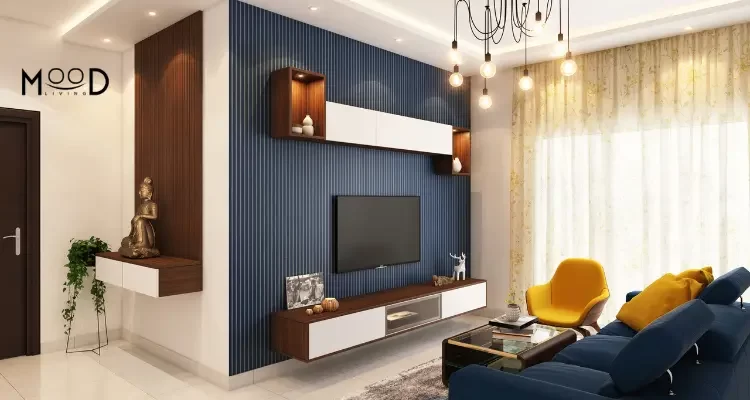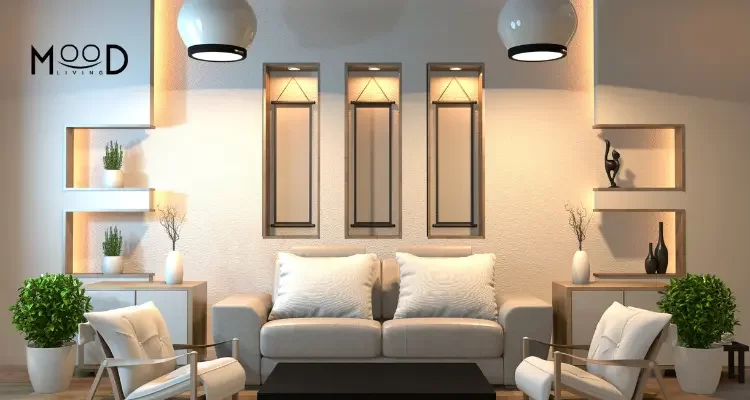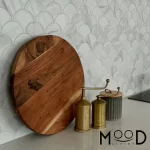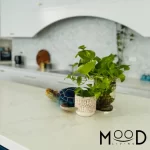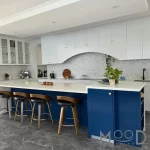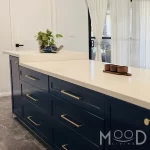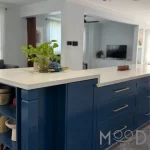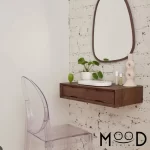Premier Interior Designer in Kellyville
Premier Interior Designer in Kellyville: Transforming Spaces with Style and Functionality
In the vibrant suburb of Kellyville, where modern living meets suburban tranquility, homeowners seek not just any interior designer but a premier interior designer who can transform their spaces into reflections of their unique personalities and lifestyles. Whether it’s a stylishly modern apartment, a classic family home, or a contemporary commercial space, the demand for exceptional interior design services in Kellyville has grown significantly. Here, we delve into what makes a premier interior designer, the types of services you can expect, and why choosing a top interior designer in Kellyville can be the key to achieving your dream space.
Why Choose a Premier Interior Designer in Kellyville?
An interior designer does much more than simply decorate a room. A premier interior designer combines technical skills, creativity, and an understanding of materials, lighting, and spatial planning to craft interiors that are not only aesthetically pleasing but also highly functional. In Kellyville, the landscape of interior design is rich with possibilities, and a professional with local knowledge can offer insights that enhance the overall project.
Expertise in Local Design Trends
A top designer in Kellyville understands the local design trends that resonate with homeowners and businesses in the area. From Hamptons-inspired interiors to contemporary minimalist styles, they can incorporate elements that bring out the best of your space while staying relevant to your community’s aesthetics.
Tailored Designs for Every Space
Working with a premier designer means having access to bespoke services that cater to your needs. Whether it’s a home office, a luxurious kitchen remodel, or a complete property makeover, premier designers create tailored solutions that reflect your tastes and lifestyle.
Streamlined Project Management
Design projects can be overwhelming, but a skilled interior designer takes on the role of managing the entire process, from the initial design consultation to overseeing contractors, scheduling deliveries, and handling any challenges. This allows you to enjoy the transformation without the stress.
Services Offered by Premier Interior Designers in Kellyville
Interior designers in Kellyville offer an array of services that cater to both residential and commercial clients. Here are some key services to expect:
1. Interior Design Consultation and Planning
Every design journey begins with a consultation, where the designer gains an understanding of your vision, lifestyle, and budget. A premier designer then translates your ideas into an actionable plan, offering valuable guidance on how to maximize space, choose color schemes, select materials, and create a cohesive look. This stage includes detailed floor plans, 3D renderings, and color palettes that allow you to visualize the final outcome.
2. Home Interior Design and Styling
For residential projects, interior designers focus on creating beautiful, functional spaces that reflect your personality. This may include designing a modern kitchen, creating a serene bedroom, or styling a living room that is both cozy and chic. They incorporate your preferences while considering practicality, ergonomics, and comfort. With the right furniture, lighting, and decor choices, your home becomes a sanctuary that tells your unique story.
3. Commercial Interior Design
Commercial spaces require a different approach, focusing on functionality, brand representation, and a welcoming atmosphere for clients or customers. Whether it’s an office, retail store, or hospitality venue, a premier designer in Kellyville can transform the space to align with your brand identity, attracting your target audience and promoting a positive work environment.
4. Sustainable and Eco-Friendly Design Solutions
Many interior designers today, especially in eco-conscious areas like Kellyville, are experts in sustainable design practices. They offer solutions that reduce environmental impact, including the use of reclaimed materials, energy-efficient lighting, and natural ventilation strategies. Choosing a designer with eco-friendly expertise allows you to make mindful choices that positively affect both your living environment and the planet.
5. Home Staging for Real Estate
Selling a property in Kellyville? Premier interior designers also offer staging services to make your home stand out in a competitive market. Staging a home professionally can highlight its best features, attract potential buyers, and increase its market value.
6. Custom Furniture and Decor Sourcing
A premier interior designer often has exclusive access to a network of artisans, suppliers, and showrooms, giving you access to unique and high-quality pieces that aren’t readily available to the public. They can source custom furniture and decor to match your design, creating a cohesive look that is both luxurious and unique to your space.
Key Elements to Look for in a Premier Interior Designer
When choosing an interior designer in Kellyville, certain qualities can help ensure you’re partnering with a professional who will meet and exceed your expectations.
1. Portfolio of Exceptional Work
A premier interior designer should have an impressive portfolio showcasing a range of projects that demonstrate their versatility, creativity, and attention to detail. Look for designs that resonate with your vision and offer a glimpse into the designer’s capability to adapt to different styles.
2. Positive Client Testimonials
Testimonials and reviews offer insight into the designer’s reliability, work ethic, and ability to deliver on their promises. Happy clients often mean that the designer is communicative, flexible, and skilled at meeting clients’ expectations.
3. Commitment to Personalized Service
A premier designer takes the time to understand your lifestyle and preferences, ensuring the design is as practical as it is beautiful. Look for someone who is willing to tailor their services to suit your needs, offering custom solutions rather than a one-size-fits-all approach.
4. Transparency in Costs and Timelines
Interior design projects can be a significant investment, so it’s important to work with someone who is transparent about costs and timelines. A premier designer will provide a detailed estimate and keep you informed throughout the process, so you feel confident every step of the way.
Top Trends in Kellyville Interior Design
Kellyville’s interior design scene reflects a blend of modern trends with traditional charm, often incorporating:
Natural and Organic Materials:
Using wood, stone, and rattan elements brings warmth and texture to a space, creating a connection to nature.
Open-Concept Layouts:
Open spaces are ideal for socializing, and they give homes an airy, spacious feel. A skilled designer can balance openness with coziness, ensuring spaces feel intimate rather than stark.
Statement Lighting:
Lighting is not only functional but also a style statement. Whether it’s an elegant chandelier, minimalist pendant lights, or layered lighting setups, lighting is an area where a premier designer can truly make an impact.
Customized Storage Solutions:
Many Kellyville homes incorporate custom storage options that maximize space while keeping rooms uncluttered. From built-in wardrobes to multifunctional furniture, storage solutions can enhance both style and practicality.
Why Kellyville Residents Choose Premier Interior Designers
The investment in a premier interior designer is one that pays dividends in quality, satisfaction, and long-term value. Kellyville residents choose top designers for:
Elevated Aesthetic Appeal:
A professional eye ensures that every element of your space is cohesive and attractive, down to the smallest detail.
Enhanced Property Value:
A beautifully designed interior can increase the value of your home, making it a wise investment if you plan to sell in the future.
Stress-Free Experience:
From selecting materials to managing timelines, a premier interior designer handles it all, giving you a seamless and stress-free experience.
Access to Exclusive Resources:
With industry connections and a deep understanding of the design world, premier designers can offer options that aren’t available to everyone, making your space truly one of a kind.
Making Your Dream Space a Reality with a Premier Interior Designer in Kellyville
If you’re ready to transform your space, partnering with a premier interior designer in Kellyville can make all the difference. From the initial consultation to the final reveal, a top designer brings expertise, creativity, and dedication to crafting interiors that elevate your lifestyle and bring out the best in your property.
Choosing the right designer is the first step in making your dream space a reality, so take the time to explore portfolios, gather ideas, and find a professional who truly understands your vision. With the right partnership, your home or business can become a stunning testament to style, function, and the art of thoughtful design.



